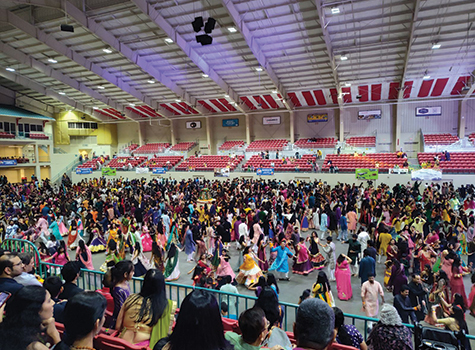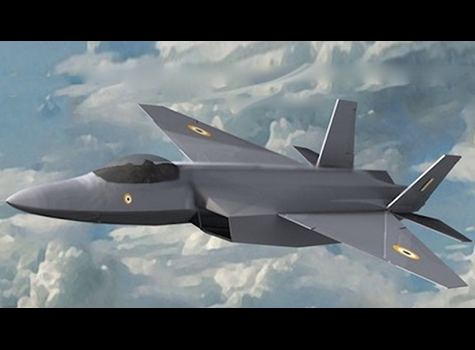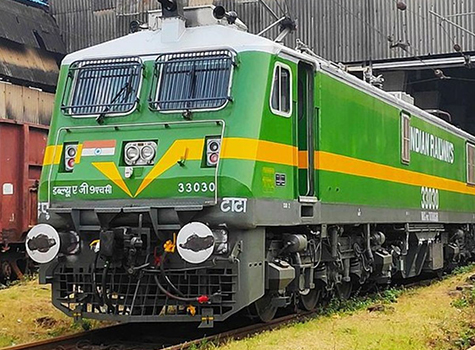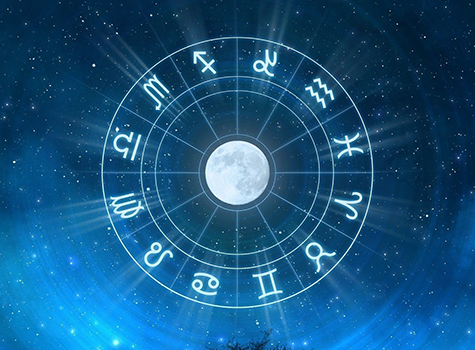
Watching the Hurricanes Helene and Milton that caused serious devastation and destruction was a painful experience. Especially, as I see my favorite Chimney Rock (Lake Lure) totally wiped out by the floods along with my favorite stores was heart wrenching. This is our favorite place to enjoy nature, relax and find peace when needed. Simultaneously, we started celebrating major Indian festivals such as Dasara and Diwali or Vijaya Dashami and Deepavali or however you want to spell it or name it, depending on the regions. Now due to floods, many people might not be able to celebrate these festivals in those regions.
As I always say, dance heals hurting hearts. Those of you who can, it is time to get your best traditional clothing out of those closets and dress up to dance for hours until you get blisters on your feet. My students always came to classes irrespective of those blisters. Now that is called dedication! The bottom line is there is so much inner joy in dancing with family and friends. It is the same joy even professional dancers get when they perform dance dramas working closely with their dance groups.
The festival of Dasara has many stories according to the regions in India. For the same reason, you will also have many dances in different classical and folk dances depicting the stories of the regions.
The name Dasara is derived from Sanskrit Dasha-hara referring to Lord Rama’s victory over the ten-headed demon king Ravana. In most of northern India and some parts of Maharashtra, Dasha-Hara is celebrated in honor of Lord Rama known as Ram Lilas. Most of these dances are outdoor dance dramas attracting thousands of people.
In the region of Uttarakhand, the Dasara festival starts with the performance of Ram Lila which is unique as it is based on the musical rendering of the Katha or story of Lord Rama. It is based on the theatrical traditions set by Uday Shankar, a dancer and a choreographer, during his stay in Almora; Ram Lila has been recognized by UNESCO in its 2008 report as one of the representative styles of Ram Lila dances in India.
In South India, same outdoor dance dramas are called Pagati Veshalu. In Kuchipudi dance style from South India, a very popular item called Ramayana Shabdam is also performed. Kathakali dance style from Kerala also features Valmiki Ramayana with amazing costumes, props and make up. Folk Dance of Karnataka State Yakshaganam is performed widely depicting the story of Lord Rama’s victory over evil Ravana. In these unique dance dramas, the dancers must have a lot of stamina as they are also reciting dialogues and singing and dancing at the same time.
The Vijaya Dashami festival also marks the victory of Goddess Durga over the demon Mahishasura. Bengalis observe Bijoya Dashami that marks the tenth day of Durga puja. On this day of Dasara, idols of the goddess are carried in processions and immersed in the river. Married women also smear vermilion on each other’s faces while others exchange greetings and celebrate with feasts.
In Telangana, a joyful dance called Bathukamma is performed by all women. In Telugu, Bathukamma means “Mother Goddess come Alive.†Bathukamma is a beautiful flower stack arranged with different unique seasonal flowers, most of them with medicinal values, in seven concentric layers in the shape of a peak of a temple called Gopuram. As a young child in India, I remember creating my own artwork with flowers and dancing around the flowers joining elders in their singing and clapping while going around the Bathukammas in a huge circle.
I guess that sounds familiar to many of you as it is similar to the famous Garba dances performed in the state of Gujarat. This dance also celebrates the victory of Durga Devi or Amba Mata as the women move in a circular direction, singing at the same time measure by clapping their palms or snapping their fingers to the accompaniment of folk instruments. One can only say that Durga puja is the largest outdoor art festival on earth. The music, dancing, and art displayed and performed during the Durga puja played an integral part in connecting the community in Bengal, Gujarat, and eventually across India and the world.
In Kuchipudi repertoire, one of the most famous dance dramas is the Mahishasura Mardhini, the killing of the buffalo demon Mahishasura. Goddess fought with evil demon for nine nights and ten days. The name Vijayadashami is also derived from the Sanskrit words “Vijaya-Dashami†literally meaning the victory on the tenth day.
As we all reflect on those who lost their lives and those who lost all their belongings, let us take a moment to light the lamp of hope for Diwali and pray for those in need of positive energy. This is the unstoppable beauty of our Indian classical and folk dances. Every festival is celebrated with music and dance, bringing positive energy and helping us to forget our problems for a few days and allowing us to thank God for what we have.
For questions or comments, contact Dr. Maha Gingrich via email at gingrichmaha@gmail.com



